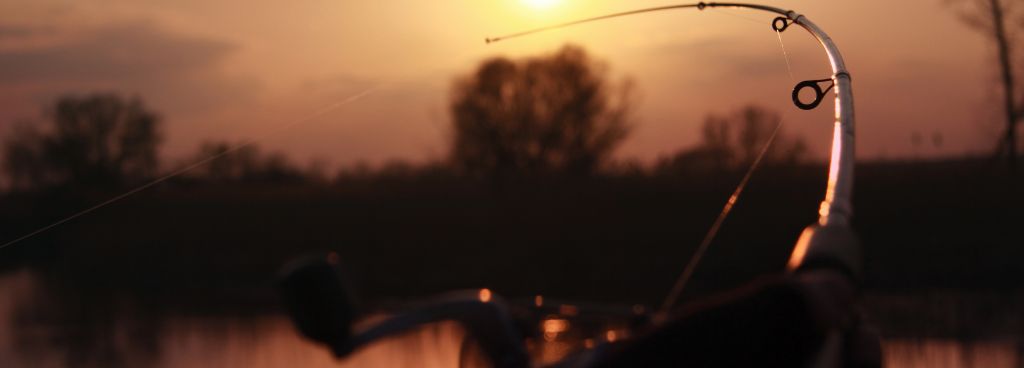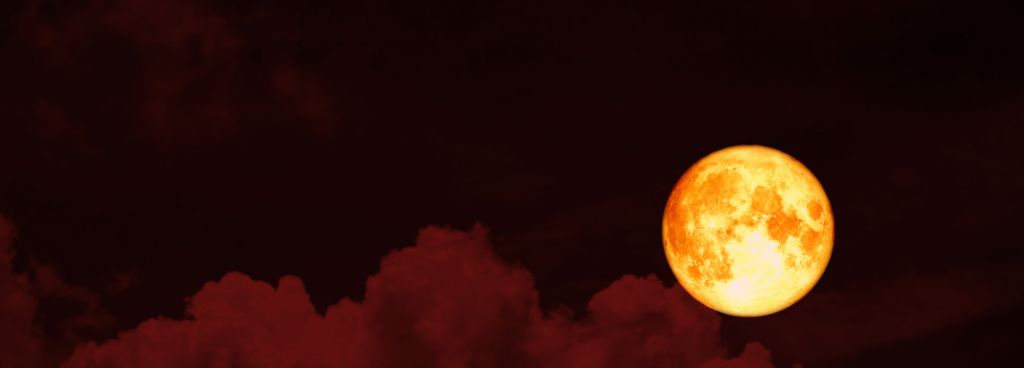Stories Worth Reeling In...
Last Updated on October 9, 2023
Many of us have heard about the supposed connection between lunar phases and fishing success. Some say that fishing under a full moon can lead to epic catches and unforgettable moments on the water. But is there any truth to this belief, or is it just another fishing tale passed down through generations?
Join me as we unravel the mysteries behind lunar phases and their supposed impact on fishing. We’ll explore the common beliefs, delve into the science, and separate myth from reality, all in pursuit of uncovering the truth behind this captivating lunar fishing myth. So, grab your favorite fishing hat and get ready to cast off into the lunar fishing adventure of a lifetime!
Table of Contents
Before we set sail on our lunar fishing journey, let’s first familiarize ourselves with the different moon phases and their potential impact on our angling adventures. The moon, as we know, has a beautiful dance with the sun, resulting in varying phases that we observe from Earth. These phases include the New Moon, Waxing Crescent, First Quarter, Waxing Gibbous, Full Moon, Waning Gibbous, Third Quarter, and Waning Crescent.
Now, as anglers, we’ve often heard that certain phases, particularly the Full Moon, have a magical effect on fish activity. Some believe that the bright glow of a full moon can stir up fish, causing them to feed more actively. On the other hand, others may swear by different phases, attributing better catches to times like the New Moon or the First Quarter. But is there more to this lunar tale than meets the eye?
Throughout history, different cultures have embraced lunar folklore and incorporated it into their fishing traditions. Ancient civilizations, seafaring tribes, and seasoned anglers have all been captivated by the moon’s influence on tides and fish behavior.

Numerous studies have examined the correlation between moon phases and fish activity, and interestingly, the results might not entirely align with our lunar fishing folklore.
Researchers and seasoned anglers alike have conducted studies to understand the impact of moon phases on fishing productivity. Surprisingly, some of these studies have failed to find substantial evidence linking a full moon to increased fish-feeding behavior. Instead, fish activity seems to be influenced by a combination of various factors, which we’ll explore shortly.
The secret to a successful fishing day lies not solely in the light of the moon, but in a dance of multiple elements working in harmony. Weather conditions, for instance, play a crucial role in determining fish behavior. On a full moon night, if the sky is clear and the stars are bright, fish might be more cautious and less inclined to come out and play.
Tides are another significant factor influencing fish activity. During certain tidal movements, fish tend to gather in specific areas, making them easier to locate and target.
The fish feed best when the water is flowing, thus the new and full moons really get the water moving, and so the bite is quite good during these moon phases. The few days preceding or following the full moon make for excellent daytime fishing.
The gravitational pull of the moon is known to affect ocean tides, and it’s no surprise that some experts believe this lunar force could also influence fish behavior. During certain moon phases, fish might be more active, especially during dawn and dusk when light levels are changing.
Some studies suggest that certain fish species, particularly those with heightened sensitivity to light, may exhibit more activity during full moon periods. These species might include fish like tarpon, snook, and some saltwater game fish.
On the other hand, freshwater fish, which often seek refuge in vegetation or underwater structures, may not be significantly affected by lunar phases. Instead, their behavior may be more influenced by other factors such as water temperature, food availability, and predator-prey interactions.

While moon phases hold some fascination, we must remember that they are just one piece of the puzzle. To unlock the full potential of our angling adventures, we need to embrace a holistic approach and consider a range of factors.
While their impact on fish behavior may not be as dramatic as folklore suggests, we can still use this information to fine-tune our fishing strategies:
Here are some practical tips to help you make the most of your fishing experience during this lunar phase:
No, not all full moons have the same impact on fishing. Other factors like cloud cover, barometric pressure, and water clarity can also influence fish behavior. It’s essential to consider these factors in conjunction with the moon phase.
Certain baits and lures, like topwater lures and live bait, can work well during a full moon when fish are more active near the surface. Experiment with different options to see what the fish in your area respond to.
While moon-phase fishing calendars can provide valuable information, they should not be the sole basis for planning your trips. Consider other factors like local conditions, recent weather patterns, and your knowledge of the fishing area for a well-rounded strategy.
Ultimately, the key to a rewarding angling experience lies in the joy of exploration and the connection with nature. Whether you’re casting your line under the radiant glow of a full moon or during any other lunar phase, cherish the time spent by the water and appreciate the beauty of the outdoors.
So, let’s leave behind the myths and embrace the wonders of fishing with an open mind and a passion for the sport. Tight lines, fellow anglers, and may every fishing trip be filled with excitement, learning, and unforgettable moments!